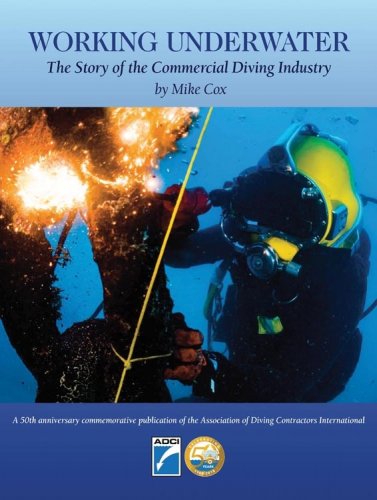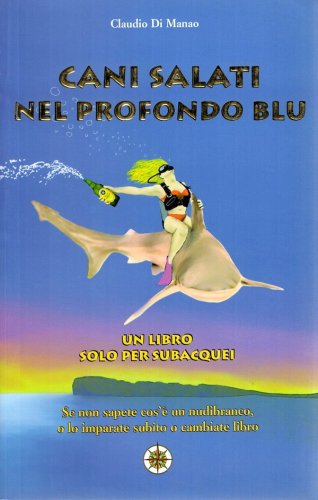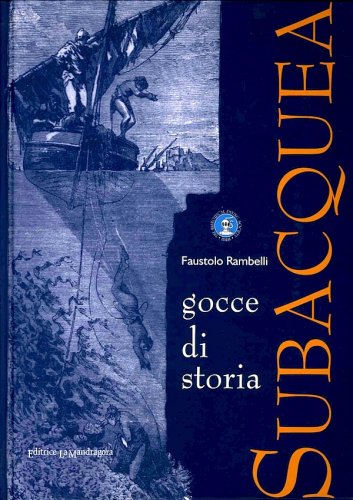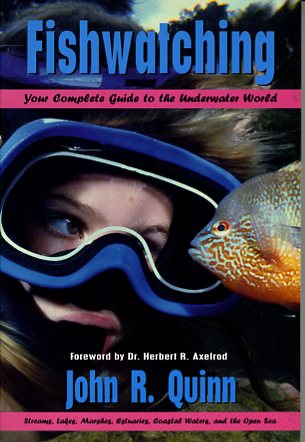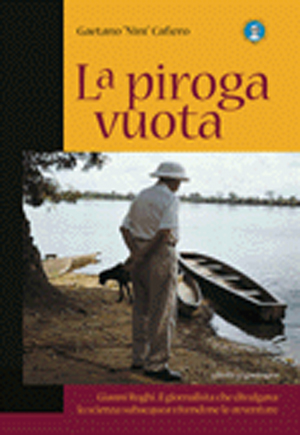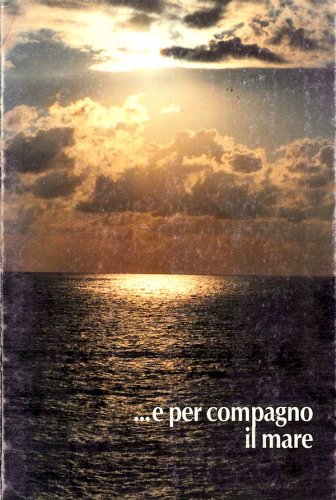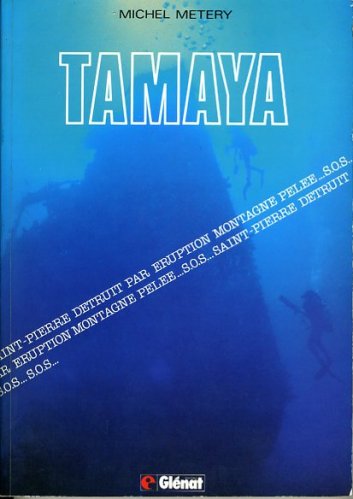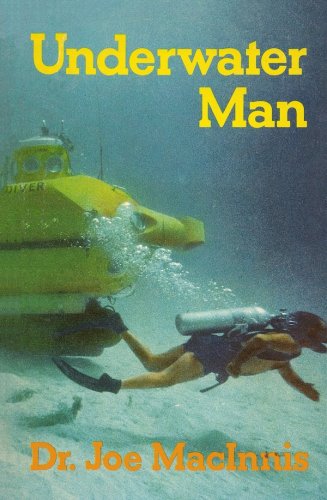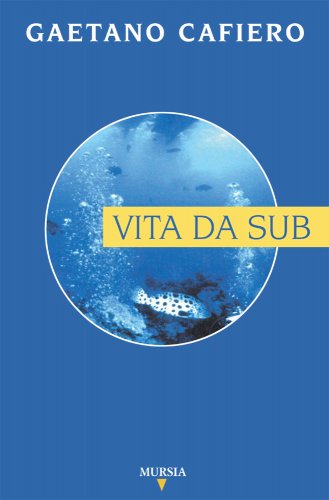Working underwater
the story of the commercial diving industry, the 50th anniversary commemorative publication of the ADCI
Working underwater
the story of the commercial diving industry, the 50th anniversary commemorative publication of the ADCI
- Disponibile in 7 giorni
- Possibilità di reso entro 10 giorni lavorativi
- Transazione sicura con carta di credito, Paypal o bonifico bancario
- Spedizione tracciata con SDA
When the sails of the six Spanish ships rose over the horizon off the long, narrow sand barrier that centuries later would come to be known as Padre Island, lookouts in the rigging made out a bearded, semi-clad man waving frantically from the wreckage of a vessel partially submerged in the pounding surf Of some 400 men, women and children who had been aboard three ships that had wrecked off this remote shore during a storm that spring, this man was one of only a handful of survivors. Half of those on the ships had drowned during the storm. Most of the rest had been slaughtered on the sand by Karankawa Indians. But for whatever reason, Francisco Vasquez had remained behind. He kept to the wreckage, for three months living mostly off raw fish and whatever of the ship's stores he had salvaged. Like the scurrying sand crabs that formed part of his diet, he came out only at night to avoid discovery by the Indians. Captain Garcia de Escalante Alvarado afforded the sunburned survivor clothing, food and the comfort of shipboard life, but the captain had not come on a humanitarian mission. Another ship had been dispatched earlier in a vain search for survivors, somehow not finding Vasquez. Now Alvarado's task was to recover as much of the gold, silver and other cargo as possible. In addition to the precious metals, coins and jewelry, the ill-fated flota (flotilla) had been carrying resins, sugar, wood, cowhides and cochinel (a red dye could be produced from them). In the wake of one of Spain's worst maritime disasters to that point in its history, the New World's first known use of divers in a salvage operation would soon begin in what are now Texas waters. Four ships had set sail from Vera Cruz on April 9, 1555, and laid a course across the Gulf of Mexico. Bound for Spain, they would stop at La Havana, Cuba, and then continue across the Atlantic laden with treasure for their home country. The vessels had made it half-way to Cuba when on April 29 they encountered a severe storm. Only one of the vessels reached Cuba. The other three, the San Esteban, the Espiritu Santo, and the Santa Maria de Yciar, wrecked on the Gulf Coast. The captain of the San Esteban left in a salvaged boat with some of his crew to sail for Vera Cruz to summon help. The other survivors, thinking they were not that far from the coastal city of Tampico, set out on foot. All but one of them, a priest named Fray Marcos de Mena, ended up getting killed by Indians. A rescue mission led by Captain Angel de Villafane left Vera Cruz on June 6 shortly after word of the tragedy reached Spanish officials there. Whether Villafane located any human remains when he arrived six weeks after the disaster is not mentioned in later accounts of the event, but after finding no survivors, he began diving on the wreckage of the Espiritu Santo. One of his divers recovered the trunk of a man the captain had known. While the body of its owner had been lost to the sea and its creatures, the trunk held three silver disks, 100 silver coins, and fine clothing. Alvarado had left Vera Cruz on July 15, beginning his salvage operation six days later on the wreckage of the San Esteban. Anchoring his fleet safely beyond the surf, he sent crew members and divers ashore in long boats to establish a base camp on the beach. To locate the hulks, the Spaniards dragged a chain between two small vessels until it snagged on wreckage. On August 20, Alvarado found the Santa Maria de Yciar, eventually recovering seven boxes of treasure she had on board when she foundered. In the process, however, the captain lost one of his salvage vessels in another storm. Fortunately for the salvers, the storm-tossed ships had gone down in shallow water, only 20 feet at the deepest point. Divers using weights for rapid descent and relying only on the air they could hold in their lungs, their eyes burning from the salt water, recovered a substantial amount of the lost treasure-but not all of it—in an operation that continued through September 12.

